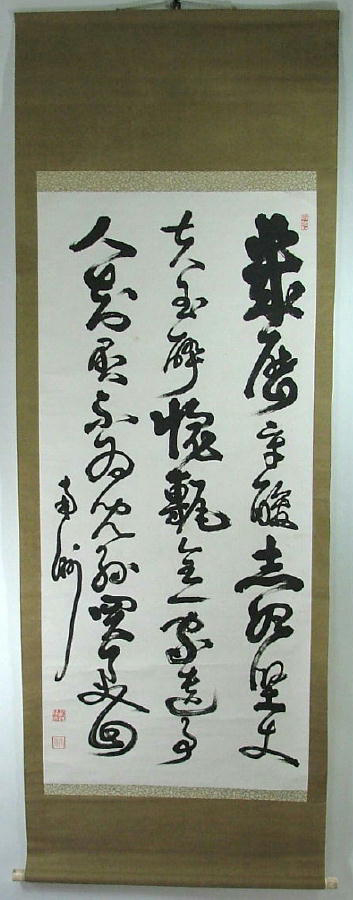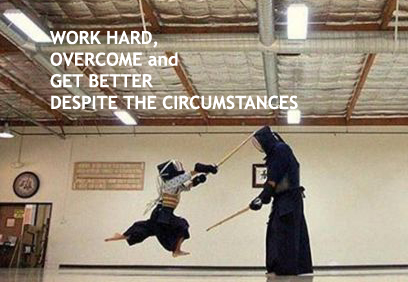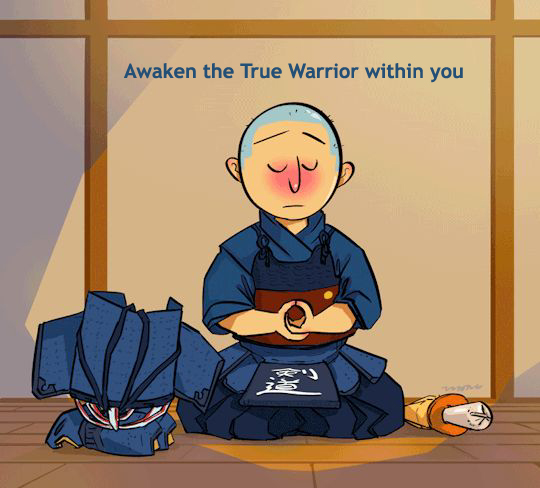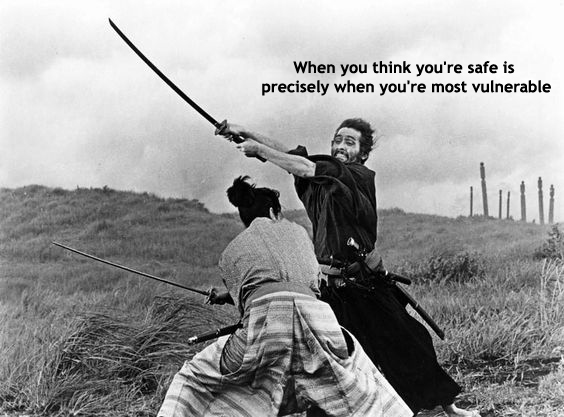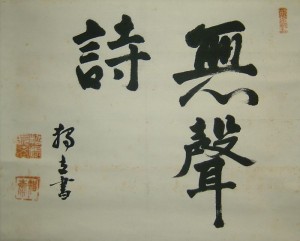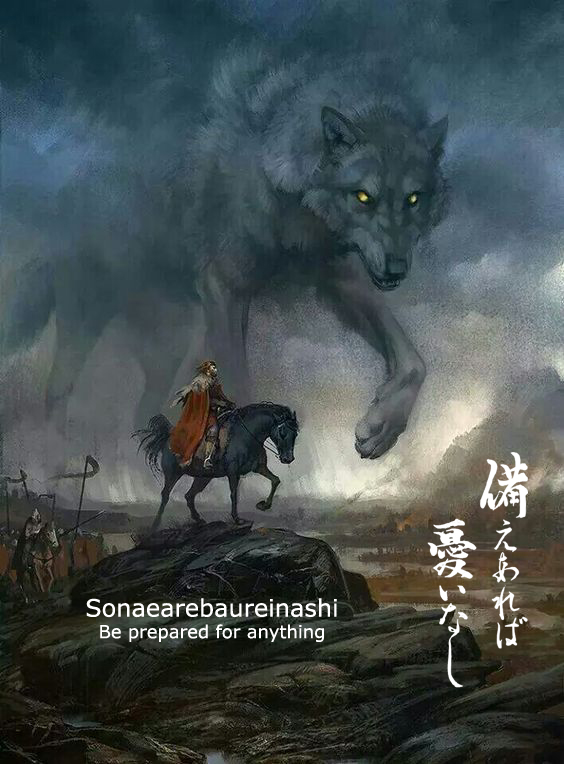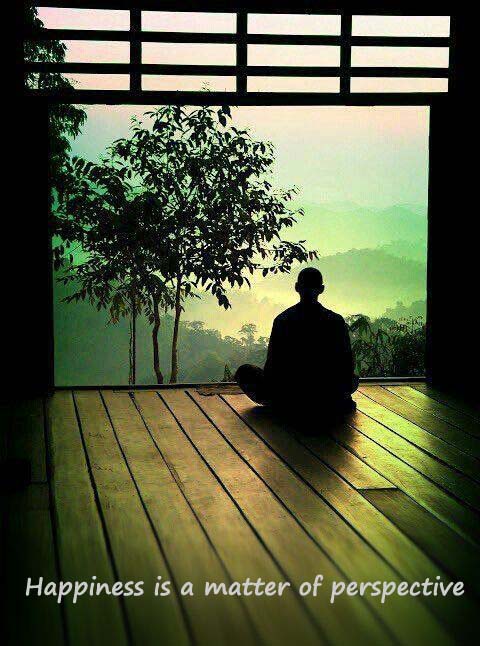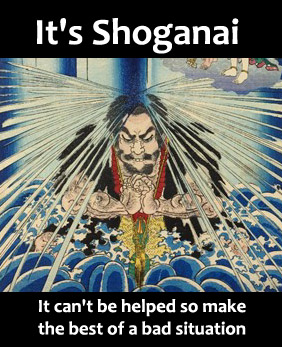 “We emphasize modesty and humility in our practice, but some students do not appreciate the spiritual aspects of the art and look at others as objects or toy to be played with, no considerate of the feelings of others.
Indeed, we live in a ‘me, me, me’ society and approve of selfish behavior. Losing the spirit of practice and the meaning of Aikido, the art itself becomes another common tool for one's self-promotion and constant quest for power, authority and recognition. We must see such arrogance and egotism as the acts of those who are spiritually destitute and have lost their way from the path of Aikido. What to do, it is really so sad.
“We emphasize modesty and humility in our practice, but some students do not appreciate the spiritual aspects of the art and look at others as objects or toy to be played with, no considerate of the feelings of others.
Indeed, we live in a ‘me, me, me’ society and approve of selfish behavior. Losing the spirit of practice and the meaning of Aikido, the art itself becomes another common tool for one's self-promotion and constant quest for power, authority and recognition. We must see such arrogance and egotism as the acts of those who are spiritually destitute and have lost their way from the path of Aikido. What to do, it is really so sad.
Aikido practice, indeed, takes much courage, patience, commitment and wisdom.”
- Rev. Kensho Furuya



